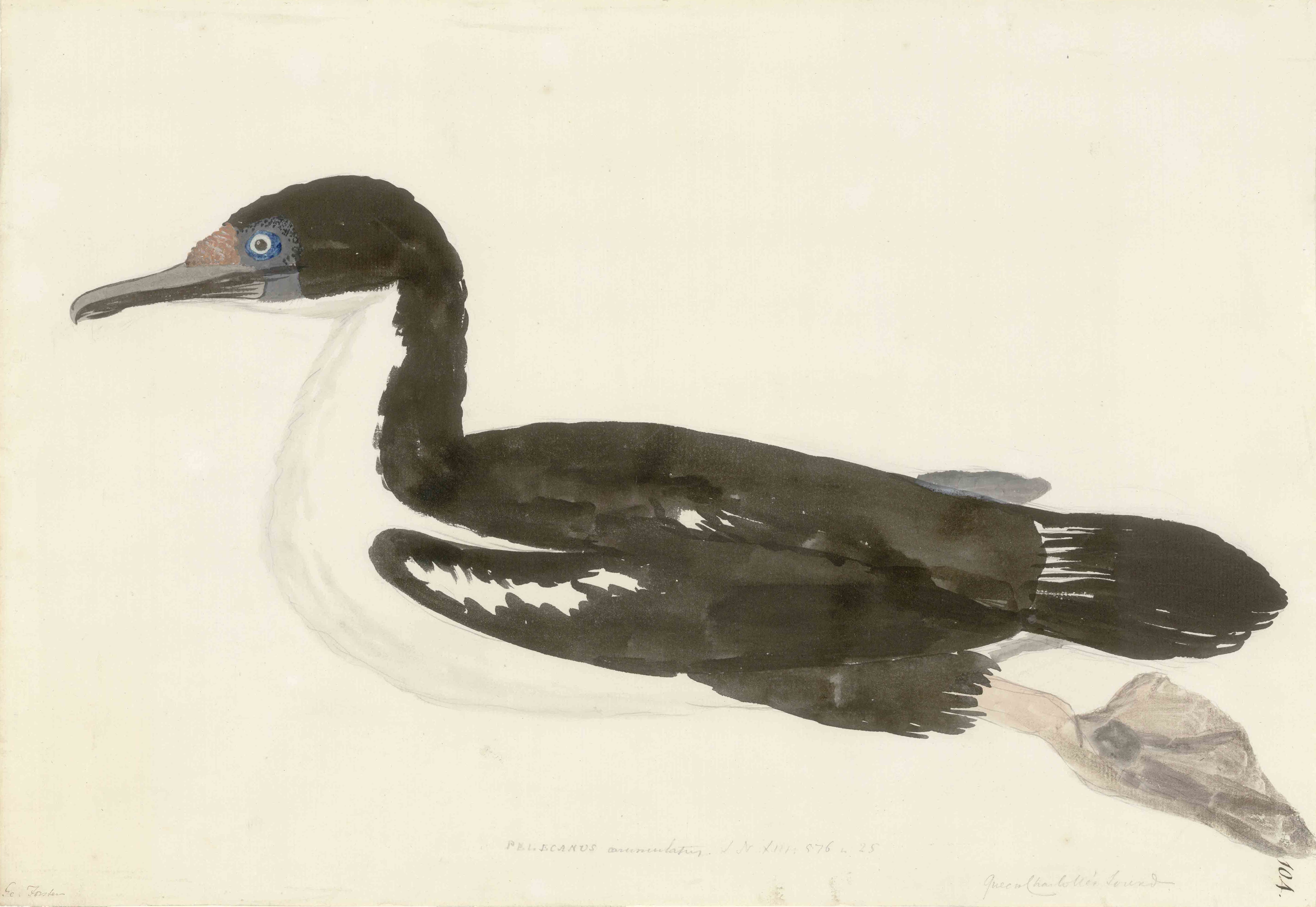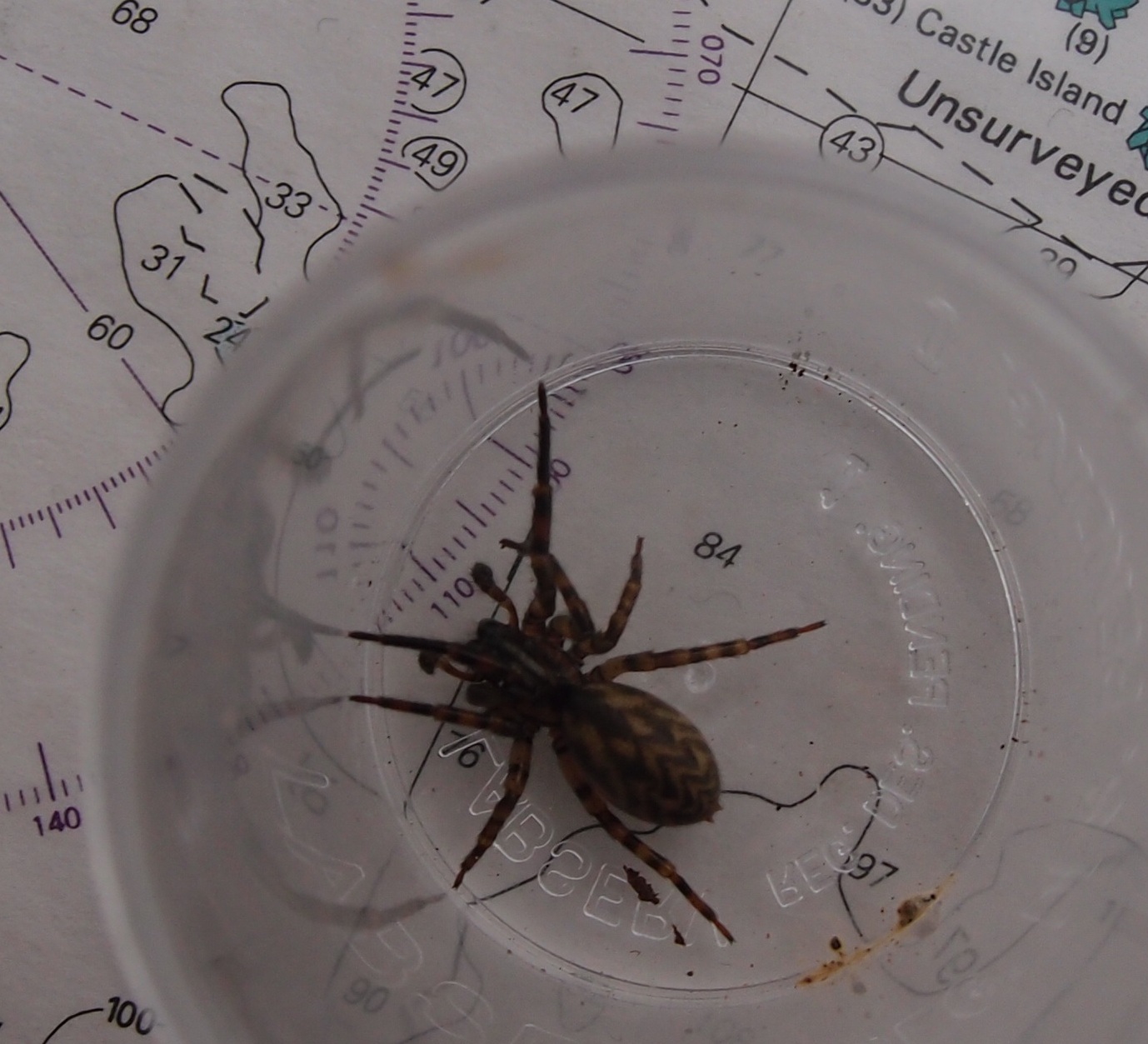|
Leucocarbo
''Leucocarbo'' is a genus of birds in the family Phalacrocoracidae. Several species within the genus are collectively known as blue-eyed shags. This is a group of closely related cormorant taxa. Many have a blue, purple or red ring around the eye (not a blue iris); other shared features are white underparts (at least in some individuals) and pink feet. They are found around the colder parts of the Southern Hemisphere, especially near southern South America, Antarctica, and New Zealand. Many are endemic to remote islands. Determining which types are species and which are subspecies of what larger species is problematic; various recent authorities have recognized from 8 to 14 species and have placed them in a variety of genera. The common names are even more confusing, "like myriad footprints criss-crossing in the snow and about as easy to disentangle." Only one common name is given for most species here. Taxonomy The genus ''Leucocarbo'' was introduced in 1856 by the French ... [...More Info...] [...Related Items...] OR: [Wikipedia] [Google] [Baidu] |
Phalacrocoracidae
Phalacrocoracidae is a family of approximately 40 species of aquatic birds commonly known as cormorants and shags. Several different classifications of the family have been proposed, but in 2021 the International Ornithologists' Union (IOU) adopted a consensus taxonomy of seven genera. The great cormorant (''Phalacrocorax carbo'') and the common shag (''Gulosus aristotelis'') are the only two species of the family commonly encountered in Britain and Ireland, and the names "cormorant" and "shag" have been later assigned to different species in the family somewhat haphazardly. Cormorants and shags are medium-to-large birds, with body weight in the range of and wing span of . The majority of species have dark feathers. The bill is long, thin and hooked. Their feet have webbing between all four toes. All species are fish-eaters, catching the prey by diving from the surface. They are excellent divers, and under water they propel themselves with their feet with help from their wing ... [...More Info...] [...Related Items...] OR: [Wikipedia] [Google] [Baidu] |
Leucocarbo Bougainvillii, Islas Ballestas 5
''Leucocarbo'' is a genus of birds in the family Phalacrocoracidae. Several species within the genus are collectively known as blue-eyed shags. This is a group of closely related cormorant taxa. Many have a blue, purple or red ring around the eye (not a blue iris); other shared features are white underparts (at least in some individuals) and pink feet. They are found around the colder parts of the Southern Hemisphere, especially near southern South America, Antarctica, and New Zealand. Many are endemic to remote islands. Determining which types are species and which are subspecies of what larger species is problematic; various recent authorities have recognized from 8 to 14 species and have placed them in a variety of genera. The common names are even more confusing, "like myriad footprints criss-crossing in the snow and about as easy to disentangle." Only one common name is given for most species here. Taxonomy The genus ''Leucocarbo'' was introduced in 1856 by the French n ... [...More Info...] [...Related Items...] OR: [Wikipedia] [Google] [Baidu] |
New Zealand King Shag
The New Zealand king shag (''Leucocarbo carunculatus''), also known as the rough-faced shag, king shag or kawau pāteketeke, is a rare bird endemic to New Zealand. Some taxonomic authorities, including the International Ornithologists' Union, place this species in the genus ''Leucocarbo''. Others place it in the genus ''Phalacrocorax''. Taxonomy The New Zealand king shag was formally described in 1789 by the German naturalist Johann Friedrich Gmelin in his revised and expanded edition of Carl Linnaeus's ''Systema Naturae''. He placed it in the genus '' Pelecanus'' and coined the binomial name ''Pelecanus carunculatus''. Gmelin based his description on the "carunculated shag" that had been described in 1785 by the English ornithologist John Latham in his book ''A General Synopsis of Birds ''. Latham had based his description on a specimen in the Leverian Museum. The New Zealand king shag is now one of 16 species placed in the genus ''Leucocarbo'' that was introduced in 1856 by ... [...More Info...] [...Related Items...] OR: [Wikipedia] [Google] [Baidu] |
Chatham Shag
The Chatham Islands shag (''Leucocarbo onslowi''), also known as the Chatham shag, is a species of bird in the cormorant and shag family, Phalacrocoracidae. It is endemic to the Chatham Islands of New Zealand. For a long time the species was placed in the genus ''Phalacrocorax''; today it is mostly placed with the other blue-eyed shags of New Zealand and Antarctica in the genus ''Leucocarbo''. Its closest relative is the Otago shag of South Island. This is a large, pied shag with a long crest. It is highly coastal, rarely foraging far from shore, although sometimes feeds in the large and brackish Te Whanga Lagoon. It forages for fish and cephalopods and roosts on rocky shores. The species is colonial, breeding in small colonies around the Chatham Islands. Little is known about its breeding behaviour. The species is threatened by introduced predators, disturbance at its breeding colonies and habitat loss. Taxonomy Henry Forbes described the Chatham Islands shag as ''Phalacro ... [...More Info...] [...Related Items...] OR: [Wikipedia] [Google] [Baidu] |
Guanay Cormorant
The guanay cormorant or guanay shag (''Leucocarbo bougainvilliorum'') is a member of the cormorant family found on the Pacific coast of Peru and northern Chile. After breeding it spreads south to southern parts of Chile and north to Ecuador, and has also been recorded as far north as Panama and Colombia, probably a result of mass dispersal due to food shortage in El Niño years. Its major habitats include shallow seawater and rocky shores. A former population on the Patagonian Atlantic coast of Argentina appears to be extinct. Taxonomy Most taxonomic authorities, including the International Ornithologists' Union, place this species in the genus ''Leucocarbo''. In the past, it was usually placed in a broad circumscription of the genus ''Phalacrocorax'', and some authors still follow this. The scientific name commemorates the French naval officers Louis Antoine de Bougainville and his son Hyacinthe de Bougainville; the species epithet was corrected from the original ''bougainvill ... [...More Info...] [...Related Items...] OR: [Wikipedia] [Google] [Baidu] |
Bounty Shag
The Bounty shag (''Leucocarbo ranfurlyi''), also known as the Bounty Island shag, is a species of cormorant of the family Phalacrocoracidae. They are found only on the tiny and remote Subantarctic Bounty Islands, southeast of New Zealand. Its natural habitats are open seas and rocky shores. In 2022, a full Unmanned aerial vehicle survey of the Bounty archipelago found a total of 573 breeding pairs and estimates the population to consist of approximately 1,733 birds. These recent estimates are consistent with the only other comparable study from 1978 and suggest that the species' population has remained stable over the past 45 years. Some taxonomic authorities, including the International Ornithologists' Union, place this species in the genus ''Leucocarbo''. Others place it in the genus ''Phalacrocorax''. They construct nests on cliff ledges using brown seaweed, and breed during October, with chicks hatching from late November to early December. Description Size; . Large, bla ... [...More Info...] [...Related Items...] OR: [Wikipedia] [Google] [Baidu] |
Rock Shag
The rock shag (''Leucocarbo magellanicus''), also known as the Magellanic cormorant, is a marine cormorant found around the southernmost coasts of South America. Its breeding range is from around Valdivia, Chile, south to Cape Horn and Tierra del Fuego, and north to Punta Tombo in Argentina. In winter it is seen further north, with individuals reaching as far as Santiago, Chile on the west coast and Uruguay on the east. The birds also breed around the coasts of the Falkland Islands. Taxonomy The rock shag was formally described in 1789 by the German naturalist Johann Friedrich Gmelin in his revised and expanded edition of Carl Linnaeus's ''Systema Naturae''. He placed it in the genus '' Pelecanus'' and coined the binomial name ''Pelecanus magellanicus''. Gmelin based his description on the "Magellanic shag" that had been described in 1785 by the English ornithologist John Latham in his book ''A General Synopsis of Birds''. Latham had in turn based his description on a specime ... [...More Info...] [...Related Items...] OR: [Wikipedia] [Google] [Baidu] |
Phalacrocorax Magellanicus - Magellan Cormorant 02
''Phalacrocorax'' is a genus of fish-eating birds in the cormorant family Phalacrocoracidae. Members of this genus are also known as the Old World cormorants. Taxonomy The genus ''Phalacrocorax'' was introduced by the French zoologist Mathurin Jacques Brisson in 1760 with the great cormorant (''Phalacrocorax carbo'') as the type species. ''Phalacrocorax'' is the Latin word for a cormorant. Formerly, many other species of cormorant were classified in ''Phalacrocorax'', but most of these have been split out into different genera. A 2014 study found ''Phalacrocrax'' to be the sister genus to ''Urile'', which are thought to have split from each other between 8.9–10.3 million years ago. Current taxonomy A molecular phylogenetic study published in 2014 found that the genus ''Phalacrocorax'' contains 12 species. This taxonomy was adopted by the IUCN Red List and BirdLife International, and later by the IOC. Alternative taxonomies Formerly, the genus ' ... [...More Info...] [...Related Items...] OR: [Wikipedia] [Google] [Baidu] |
Nannopterum
''Nannopterum'' is a genus of cormorant comprising three species. They are found throughout the Americas, hence the common name American cormorants. These species were formerly classified in the genus ''Phalacrocorax''. A molecular phylogenetic study of the cormorants published in 2014 found that these three species formed a clade that was sister to the genus '' Leucocarbo''. To create monophyletic genera, the three species were moved the resurrected genus ''Nannopterum'' that had been introduced in 1899 by English ornithologist Richard Bowdler Sharpe to accommodate the flightless cormorant. The genus ''Nannopterum'' is thought to have split from ''Leucocarbo'' between 6.7 - 8.0 million years ago. The genus name ''Nannopterum'' combines the Ancient Greek ''nannos'' meaning "dwarf" with ''pteron'' meaning "wing". This name was coined for the flightless cormorant, which does indeed have small wings. Genetic studies have found that the neotropic The Neotropical realm is one o ... [...More Info...] [...Related Items...] OR: [Wikipedia] [Google] [Baidu] |
Bounty Islands
The Bounty Islands (; "Island of angry wind") are a small group of uninhabited granite islets and numerous rocks, with a combined area of circa in the South Pacific Ocean. Territorially part of New Zealand, they lie about east-south-east of New Zealand's South Island, south-west of the Chatham Islands, and north of the Antipodes Islands. The group is a World Heritage Site. The islands are listed with the New Zealand Outlying Islands. The islands are an immediate part of New Zealand, but not part of any region or district. Rather, they are listed as an ''Area Outside Territorial Authority'', similar to all other outlying islands except for the Solander Islands / Hautere. History Captain William Bligh discovered the Bounty Islands en route from Spithead to Tahiti in 1788, and named them after his ship HMS ''Bounty'', just months before the famous mutiny. The location of the islands were only roughly marked on charts. In early 1866 Commander W. H. Norman of HMVS ''Vict ... [...More Info...] [...Related Items...] OR: [Wikipedia] [Google] [Baidu] |





